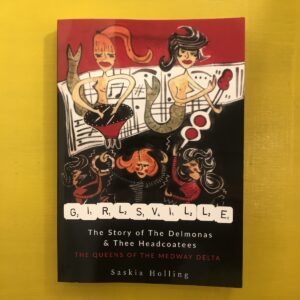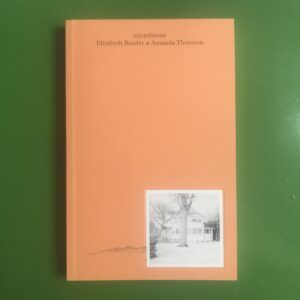An elegant collection, with gorgeous full-color art reproductions, Looking at Pictures presents a little-known aspect of the eccentric Swiss writer’s genius. His essays consider Van Gogh, Manet, Rembrandt, Cranach, Watteau, Fragonard, Bruegel, and his own brother Karl. The pieces also discuss general topics such as the character of the artist and of the dilettante as well as the differences between painters and poets. Each piece is marked by Walser’s unique eye, his delicate sensitivity, and his very particular sensibilities—and all are touched by his magic screwball wit.
Literature by Robert Walser
Translated by Susan Bernofsky, Lydia Davis and Christopher Middleton
Born in Switzerland in 1878, Robert Walser worked as a bank clerk, a butler in a castle and an inventor’s assistant while beginning what was to become a prodigious literary career. Between 1899 and his forced hospitalization in 1933 with a now much-disputed diagnosis of schizophrenia, Walser produced as many as seven novels and more than a thousand short stories and prose pieces. Though he enjoyed limited popular success during his lifetime, his contemporary admirers included Franz Kafka, Hermann Hesse, Robert Musil and Walter Benjamin. Today he is acknowledged as one of the most important and original literary voices of the twentieth century, his work the subject of essays by W.G. Sebald, J.M. Coetzee, William Gass and Susan Sontag. Describing his own work, Walser wrote: “My prose pieces are, to my mind, nothing more nor less than parts of a long, plotless, realistic story. For me, the sketches I produce now and then are shortish or longish chapters of a novel. The novel I am writing is always the same one, and it might be described as a variously sliced-up or torn-apart book of myself.” In the latter years of his career, Walser struggled with a paralyzing writer’s cramp that he combated by composing his texts in a miniscule pencil script written on small slips of paper that he carefully cut to size. This handwriting was so small that his guardian Carl Seelig mistook it for a sort of secret code. After his death in 1956 while out on a solitary walk, a collection of these papers were found among his belongings and preserved, but many years passed before they were transcribed and published.





